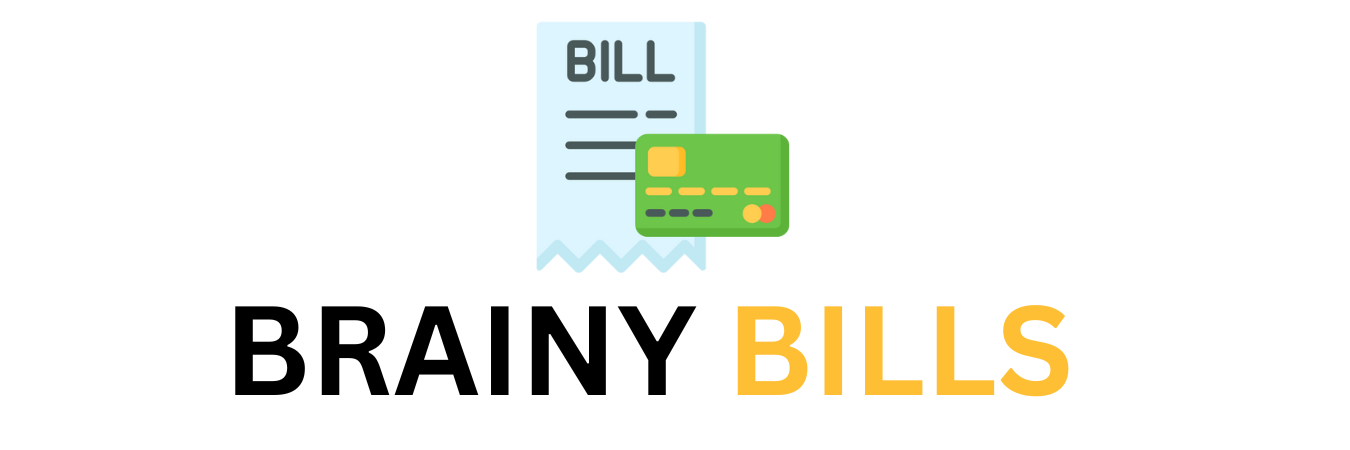
The S&P/ASX 200 Index is the most used index on the Australian Securities Exchange. Often referred to simply as the ASX 200. ASX 200, made up of the 200 most valuable public companies by market cap, is a benchmark index for the Australian market. It’s comparable to the FTSE 100, Dow Jones, or the S&P 500 in America.
The ASX 200
ASX 200 tracks the ASX 200 index’s movements. It is made up of 200 companies that are listed on the ASX. The ASX 200 index measures the ASX 200’s market capitalisation, which is the value of all outstanding shares. The ASX 200, which tracks the movements of the top 200 Australian companies and accounts for about 80% of total Australian share capital, is one of the most closely followed Australian indexes.
The index’s composition is evaluated each quarter. Companies are promoted and demoted based upon movements in share price over the last six months, or other eligibility criteria, such as the liquidity or shares on issue.
What makes the ASX 200 tick?
The ASX 200 includes 10 sectors, including healthcare and industrials. But it is dominated more than half of its value by financial and resource stocks. Nearly 30 percent of the index’s value comes from the financials section, which includes all four major banks.
The index is also dominated a few large corporations – the top 10 companies make up more that 40%. The Commonwealth Bank is one the largest companies, representing more than 7% as of January 2020. This small number of companies is a major factor investors should consider when using ASX 200 as a benchmark. Movements in banking stocks, for example, can have a large impact on the overall index.
The top 10 largest companies
Commonwealth Bank
BHP Group Limited
CSL Limited
Westpac Banking Corp
National Aust. Bank
ANZ Banking Group
Telstra Corporation
Woolworths Group Limited
Wesfarmers Limited
Macquarie Group Limited
Why is the S&P/ASX 200 so important?
Around 80 percent Australian’s $A2Trillion sharemarket is made up of companies listed on the ASX 200. This means that the ASX 200 acts as a useful proxy of the Australian market and can also be considered a reliable indicator of the country’s economy. It serves as a benchmark for investors to help them compare their performance.
How to invest in ASX 200
The S&P/ASX 200 serves as an indicator for the Australian market. However, it is also useful for investors looking to get exposure to large Australian stocks. This can be achieved by investing in one or more of the components companies.
Exchange-traded fund
An investor may also be able to invest in an ETF (exchange-traded fund). This track the ASX 200 and is traded just like a common stock. Investors should also consider the ASX 200 industry makeup before purchasing an ETF. This is because movements in the material or financial sectors can have significant implications on the ETF’s market value.
Futures contracts
The ASX 200 is traded by people using standard futures contracts. This is where you exchange a portion of the index for another party at a fixed future date and price.
CFDs
CFDs are similar in nature to Futures Contracts. CFDs allow for financial leverage which allows investors to borrow the bulk of the money used in the trade. CFDs do not have a fixed price or a date like Futures. Instead, CFDs allow traders to either pay or receive the difference of price between when they start the contract and when it is finished. CMC offers CFDs for a wide range of indices and instruments, including the ASX 200.
Other Australian Indices
Accumulation Index
An important point to remember is that while the ASX 200 can be used as a measure of price changes, it is not a comprehensive indicator of total returns. You can find that information in the S&P/ASX20 Acumulation Index. It also includes the impact dividends have on the index.
All Ordinarie
Australia’s key market indicator, the All Ordinaries Index, is another. It represents the 500 largest companies listed in the ASX. It is distinct from the ASX 200, in that liquidity does not affect eligibility. However, market cap is all that is required for companies to list.
Other
S&P/ASX 20 Index comprises the 20 largest stocks according to market cap. This index is the smallest in the S&P Australian family.
S&P/ASX 300 Index provides more depth and coverage than S&P/ASX 200 Index while also maintaining liquidity guidelines.
S&P/ASX Emerging Companies Index shows the performance of companies not included in the S&P/ASX 300.
Why the ASX 200 is worth keeping an eye on
The ASX 200, which tracks the performance Australian’s largest companies serves as a key indicator for the market. This index is very relevant to institutional investors and people who are looking for stable investments.










